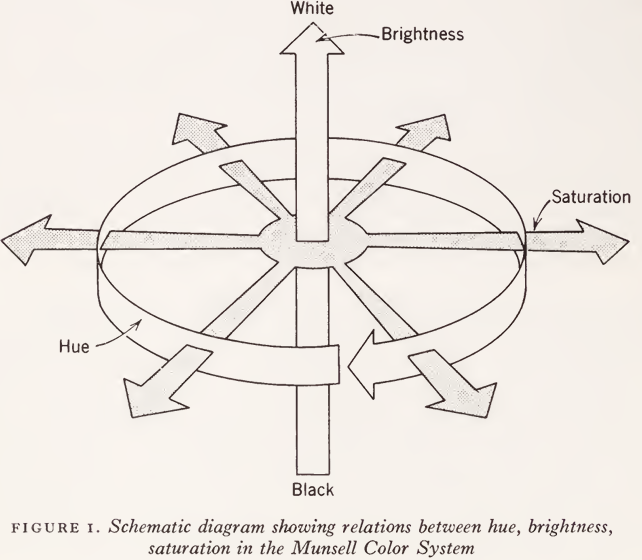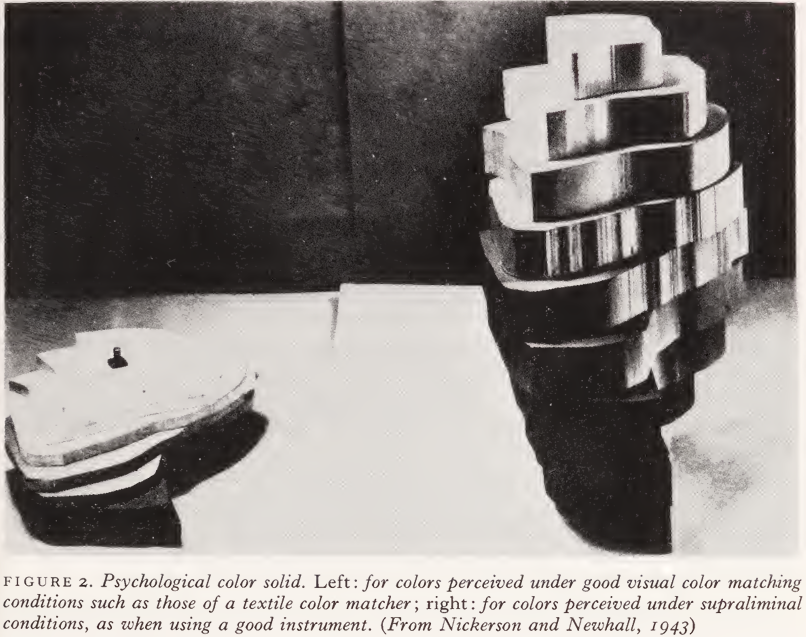

Grammar


Tenses


Present

Present Simple

Present Continuous

Present Perfect

Present Perfect Continuous


Past

Past Simple

Past Continuous

Past Perfect

Past Perfect Continuous


Future

Future Simple

Future Continuous

Future Perfect

Future Perfect Continuous


Parts Of Speech


Nouns

Countable and uncountable nouns

Verbal nouns

Singular and Plural nouns

Proper nouns

Nouns gender

Nouns definition

Concrete nouns

Abstract nouns

Common nouns

Collective nouns

Definition Of Nouns

Animate and Inanimate nouns

Nouns


Verbs

Stative and dynamic verbs

Finite and nonfinite verbs

To be verbs

Transitive and intransitive verbs

Auxiliary verbs

Modal verbs

Regular and irregular verbs

Action verbs

Verbs


Adverbs

Relative adverbs

Interrogative adverbs

Adverbs of time

Adverbs of place

Adverbs of reason

Adverbs of quantity

Adverbs of manner

Adverbs of frequency

Adverbs of affirmation

Adverbs


Adjectives

Quantitative adjective

Proper adjective

Possessive adjective

Numeral adjective

Interrogative adjective

Distributive adjective

Descriptive adjective

Demonstrative adjective


Pronouns

Subject pronoun

Relative pronoun

Reflexive pronoun

Reciprocal pronoun

Possessive pronoun

Personal pronoun

Interrogative pronoun

Indefinite pronoun

Emphatic pronoun

Distributive pronoun

Demonstrative pronoun

Pronouns


Pre Position


Preposition by function

Time preposition

Reason preposition

Possession preposition

Place preposition

Phrases preposition

Origin preposition

Measure preposition

Direction preposition

Contrast preposition

Agent preposition


Preposition by construction

Simple preposition

Phrase preposition

Double preposition

Compound preposition

prepositions


Conjunctions

Subordinating conjunction

Correlative conjunction

Coordinating conjunction

Conjunctive adverbs

conjunctions


Interjections

Express calling interjection

Phrases

Sentences


Grammar Rules

Passive and Active

Preference

Requests and offers

wishes

Be used to

Some and any

Could have done

Describing people

Giving advices

Possession

Comparative and superlative

Giving Reason

Making Suggestions

Apologizing

Forming questions

Since and for

Directions

Obligation

Adverbials

invitation

Articles

Imaginary condition

Zero conditional

First conditional

Second conditional

Third conditional

Reported speech

Demonstratives

Determiners


Linguistics

Phonetics

Phonology

Linguistics fields

Syntax

Morphology

Semantics

pragmatics

History

Writing

Grammar

Phonetics and Phonology

Semiotics


Reading Comprehension

Elementary

Intermediate

Advanced


Teaching Methods

Teaching Strategies

Assessment
REFERENT SPACES
المؤلف:
ERIC H. LENNEBERG
المصدر:
Semantics AN INTERDISCIPLINARY READER IN PHILOSOPHY, LINGUISTICS AND PSYCHOLOGY
الجزء والصفحة:
540-30
2024-08-25
1156
REFERENT SPACES
If it is possible to describe phenomena completely and accurately in terms of certain dimensions, it is also possible to construct coordinate systems in which every point corresponds to one specific phenomenon. Every point on a thermometric scale corresponds to one specific temperature; every point within a pitch-intensity coordinate system corresponds to one specific pure tone. Sometimes such coordinate systems are called spaces.

The coordinate systems mentioned so far are unidimensional and two-dimensional spaces; for the specification of color we need a three- dimensional space, and since these spaces are merely abstract, mathematical concepts, one can also have four-, five-, and n-dimensional spaces. The three-dimensional color space is most easily visualized. Figure 1 shows the arrangement of the coordinates and Fig. 2 shows an actual model of a color space. The choice of a polar co¬ ordinate system is arbitrary. It offers some conveniences, but the three dimensions might have been arranged differently.
With the introduction of the notion of a color space we might review once more why we wish to arrange physical phenomena in this way. Our aim is to study how words relate to objects. But we cannot study the behavior of words unless we keep some control over the objects. We must do everything we can so as to bring some order into physical ‘reality’. We have chosen phenomena that can be measured and ordered with respect to each other. The color space is simply an ordering device that allows us to assign every possible color a specific position or point.

The entire world of color is encompassed in the color space. Our next step now is to discover how the color words of a given language, say English or Navaho, fit into this space. Where are the colors in our space that answer to the name red? Obtaining replies to this type of question will be called mapping color terms into the color space. Naturally, every language is likely to have somewhat different maps; but the color space, which merely describes the psychophysical properties of colors, is constant for all of mankind.
 الاكثر قراءة في Semantics
الاكثر قراءة في Semantics
 اخر الاخبار
اخر الاخبار
اخبار العتبة العباسية المقدسة

الآخبار الصحية















 قسم الشؤون الفكرية يصدر كتاباً يوثق تاريخ السدانة في العتبة العباسية المقدسة
قسم الشؤون الفكرية يصدر كتاباً يوثق تاريخ السدانة في العتبة العباسية المقدسة "المهمة".. إصدار قصصي يوثّق القصص الفائزة في مسابقة فتوى الدفاع المقدسة للقصة القصيرة
"المهمة".. إصدار قصصي يوثّق القصص الفائزة في مسابقة فتوى الدفاع المقدسة للقصة القصيرة (نوافذ).. إصدار أدبي يوثق القصص الفائزة في مسابقة الإمام العسكري (عليه السلام)
(نوافذ).. إصدار أدبي يوثق القصص الفائزة في مسابقة الإمام العسكري (عليه السلام)


















